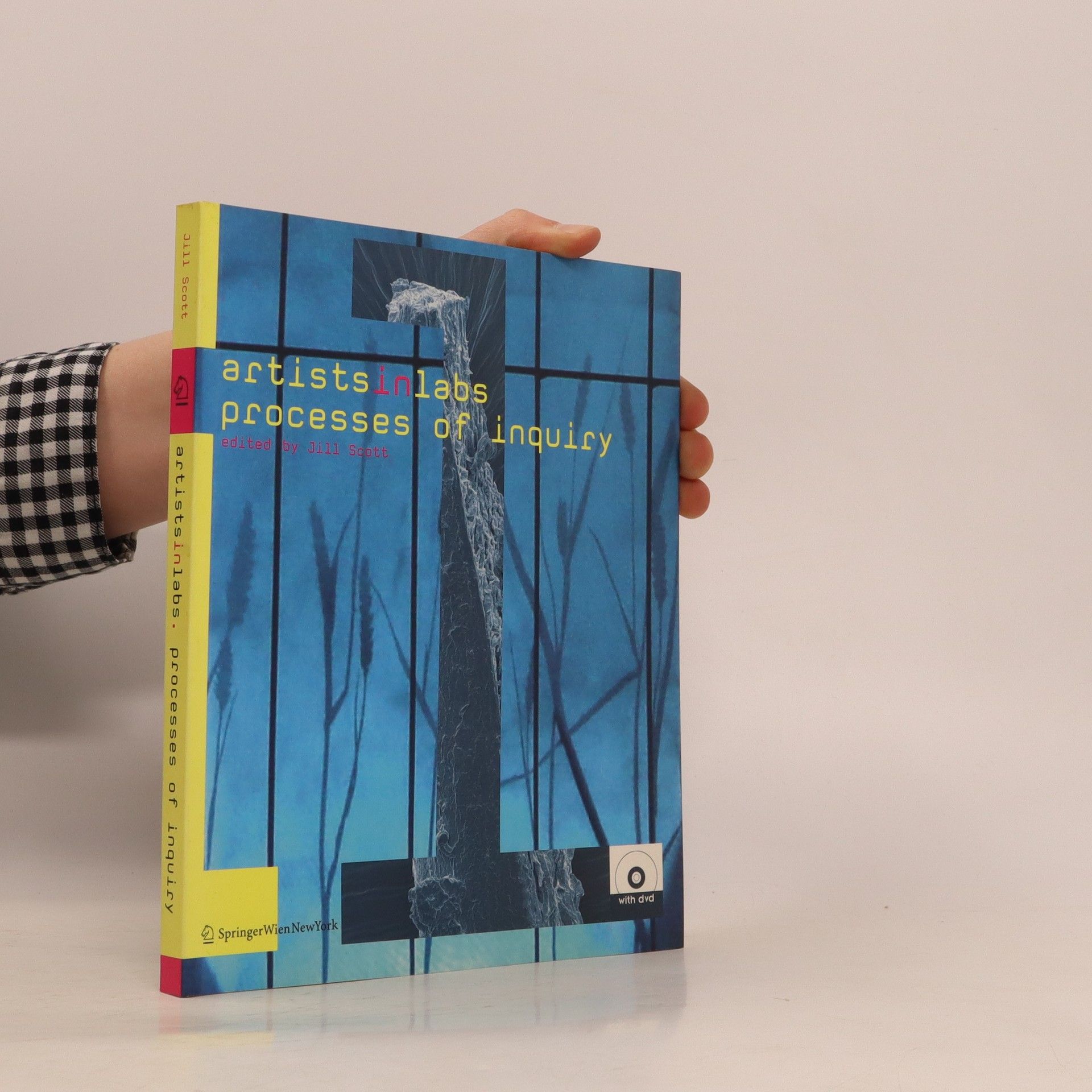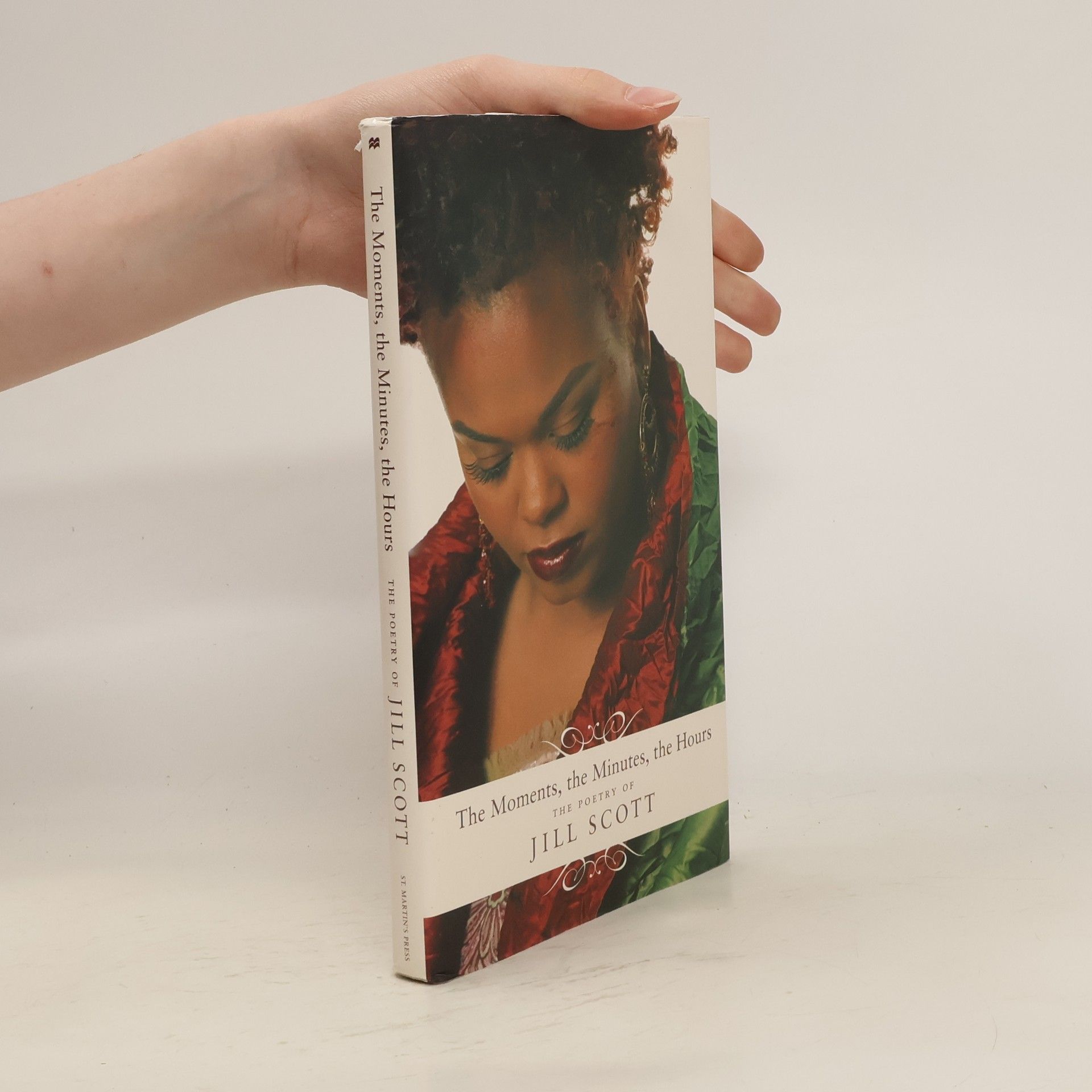Writing poems and keeping journal since 1991, Jill Scott now shares her personal poetry collection in The Moments, the Minutes, the Hours. Praised for her earthy, honestly erotic, soulful and very real lyrics, Jill Scott explores all the flavors of life, love, and self. Of her music, Jill "It's music. It's experiences. It's vulnerability. It's honesty. It's being a woman---an African American woman. Being a daughter, a sister, a grandchild and a Godmother. It's life. It's deeper than what I know. It's bigger than what I can see. I guess it's a dive into the human spirit." And the same will come forth in this never- before-seen collection of her poetry.
Jill Scott Bücher
Jill Scott ist eine amerikanische Soul- und R&B-Künstlerin, deren Werk lyrische Poesie nahtlos mit kraftvollen Gesangsleistungen verbindet. Ihre Kunst befasst sich mit der Komplexität menschlicher Beziehungen und der Reise des persönlichen Wachstums und schafft Musik, die mit tiefgründiger emotionaler Tiefe Resonanz findet. Scotts facettenreiches Talent ermöglicht es ihr, als Sängerin, Songwriterin und Dichterin herausragende Leistungen zu erbringen und etabliert sie als bedeutende Stimme in der zeitgenössischen Kultur.



Artists-in-Labs. Processes of Inquiry
- 136 Seiten
- 5 Lesestunden
This book verifies the need for the arts and the sciences to work together in order to develop more creative and conceptual approaches to innovation and presentation. By blending ethnographical case studies, scientific viewpoints and critical essays, the focus of this research inquiry is the lab context. For scientists, the lab context is one of the most important educational experiences. For contemporary artists, laboratories are inspiring spaces to investigate, share know-how transfer and search for new collaboration potentials. The nine labs represented in this book are from the natural, computing and engineering sciences. An enclosed comprehensive DVD documents the results, the problems and serves as a guideline for the future of true Art/Sci experiments.
Turbulence and Reconstruction is an anthology of viewpoints on society from the arts and the sciences. The authors believe that the arts and the sciences are effective spaces to encourage us to think differently about our outdated concepts of representation and categorization and reconstruct new potentials about how the designs of the future might benefit our environment and the survival of our bodies. Essential to all writers is the need to drop our old disciplinary boundaries to question our interdependent relationship to technology and to reality. Turbulence and reconstruction are processes that not only affect our representation and categorization, urban nature and energy consumption but also our relation to media and technology – the digital ideologies of interaction and substitution.